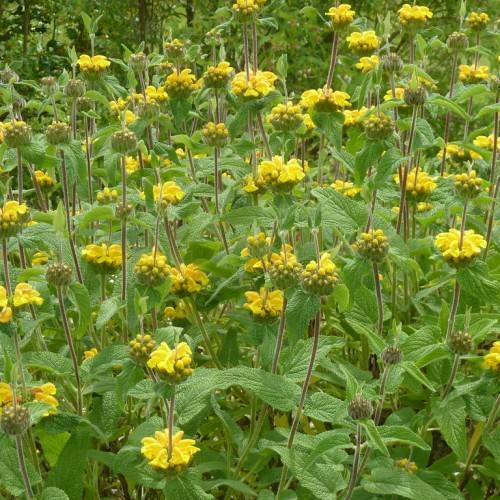
phlomis
Phlomis longifolia
Cycle:
Perennial
Watering:
Average
Hardiness Zone:
8 - 10
Flowers:
Flowers
Sun:
Full sun
Leaf:
Yes
Growth Rate:
Low
Maintenance:
Low
Drought Tolerant:
Yes
Salt Tolerant:
Yes
Care Level:
Medium
watering
Phlomis should be watered thoroughly once a week. During dry spells, you may need to water twice a week. Allow the soil to dry out slightly between waterings. Overwatering may cause root rot in excessive wet soils, so make sure to let the soil dry out slightly between waterings. Ensure the drainage is good as Phlomis will not tolerate wet soils. If your plant is in a pot, you may need to water even more. Monitor your plant's soil and look for signs of dryness. If the top of the soil is dry, it is time to water.
sunlight
Phlomis (Phlomis longifolia) plants thrive best in full sun and partial shade. Full sun locations generally provide the best flowering displays and will give the plant its best chance to produce the desired number of blooms. When planted in full sun, the plants should receive at least 6 to 8 hours of full sun exposure each day. When planted in partial shade, the plants should receive 4 to 6 hours of sun exposure per day. Phlomis plants are hardy, and can tolerate periods of droughts, hot temperatures, and humidity fluctuations.
pruning
Phlomis should be pruned in the spring before the growth season has begun. Cut off any dead, diseased or damaged branches, and cut off any branches that have grown out of control or are growing at an angle. For flowering varieties, cut back the flowering stem by 1-third to 1-half to keep the plant bushier. For foliage plants, cut back the stems to just above the node to encourage new buds to form. Phlomis should be lightly pruned every 2 to 3 years to maintain its shape and keep it from getting unruly.
